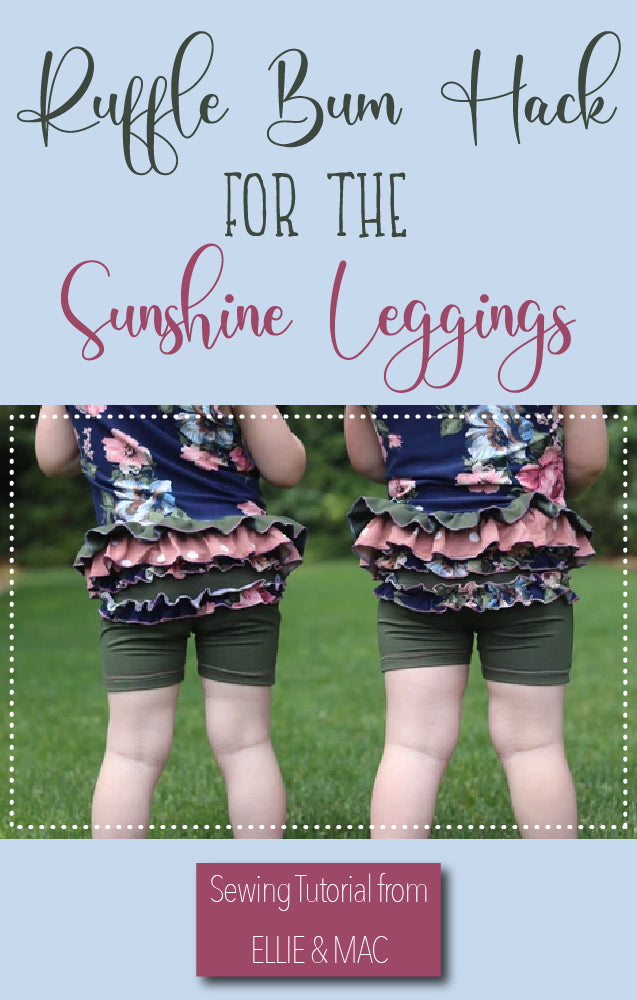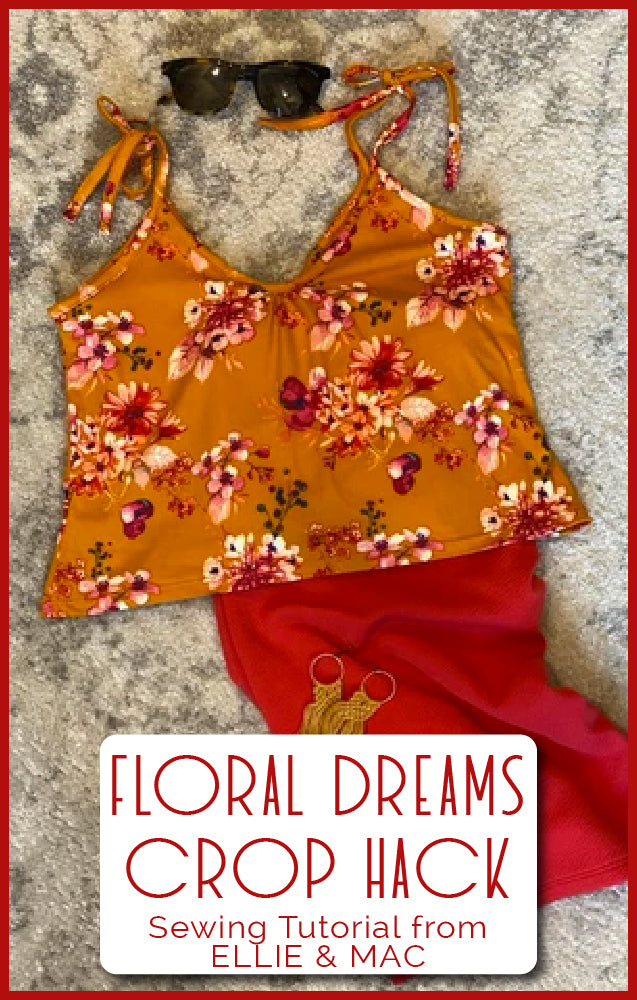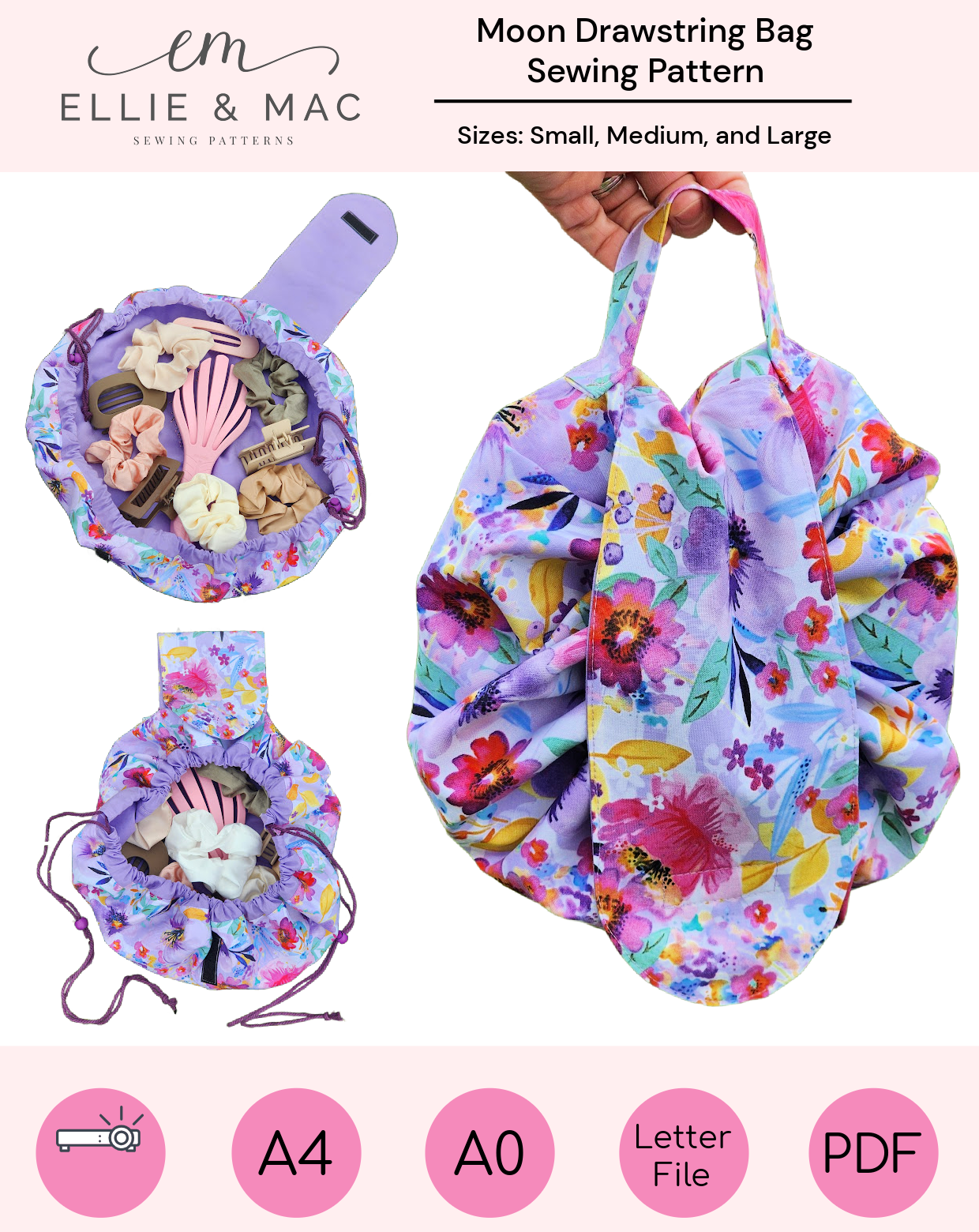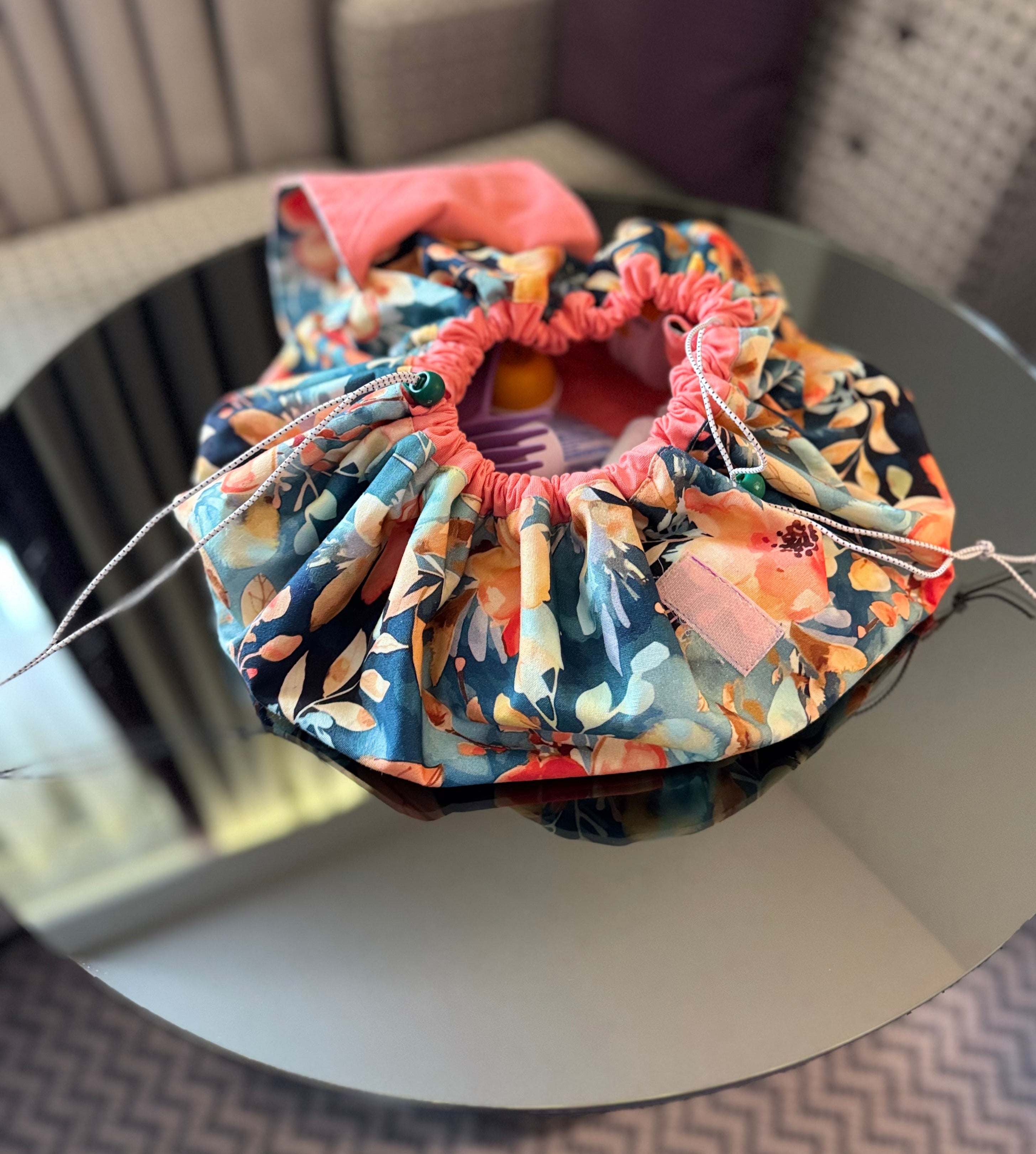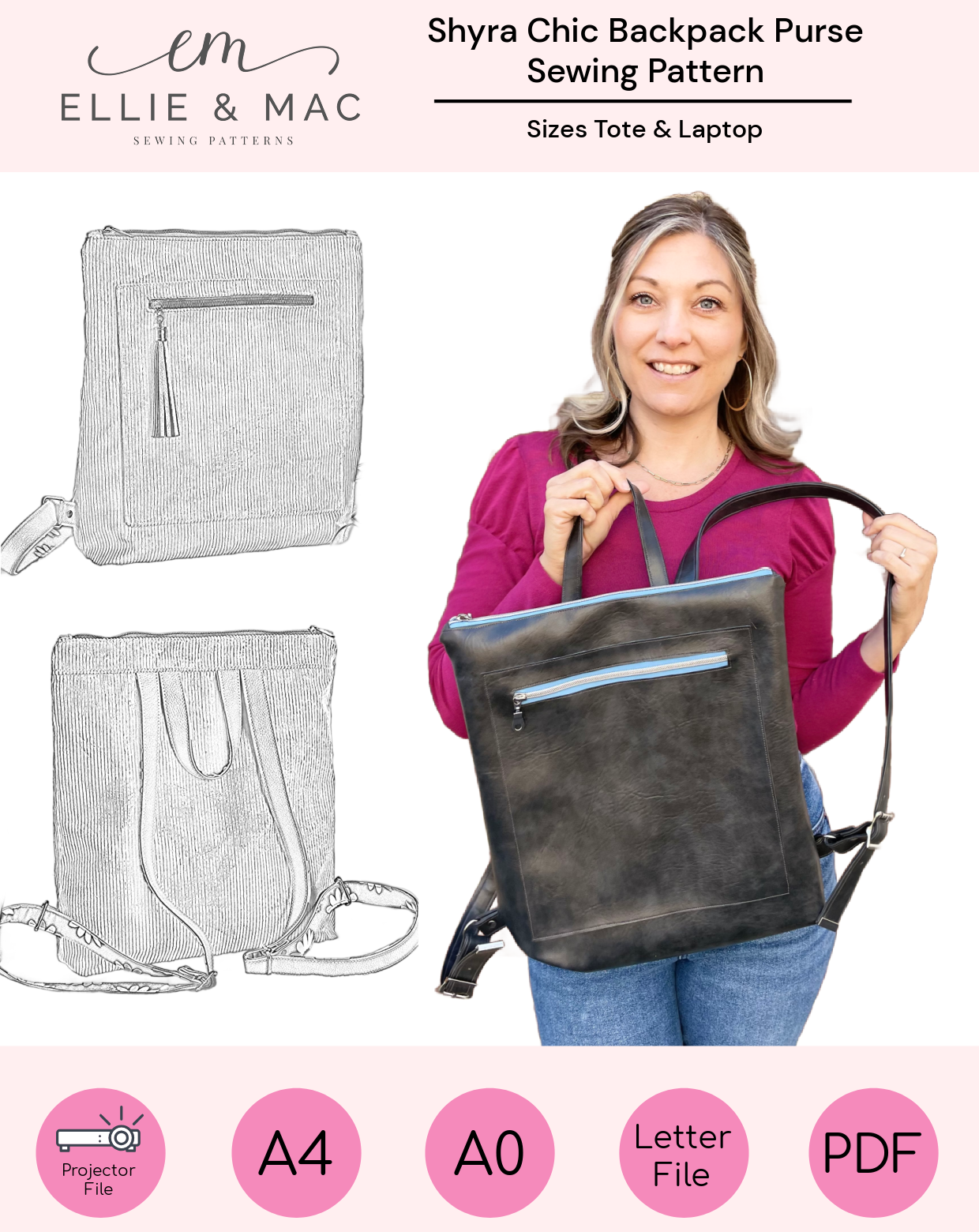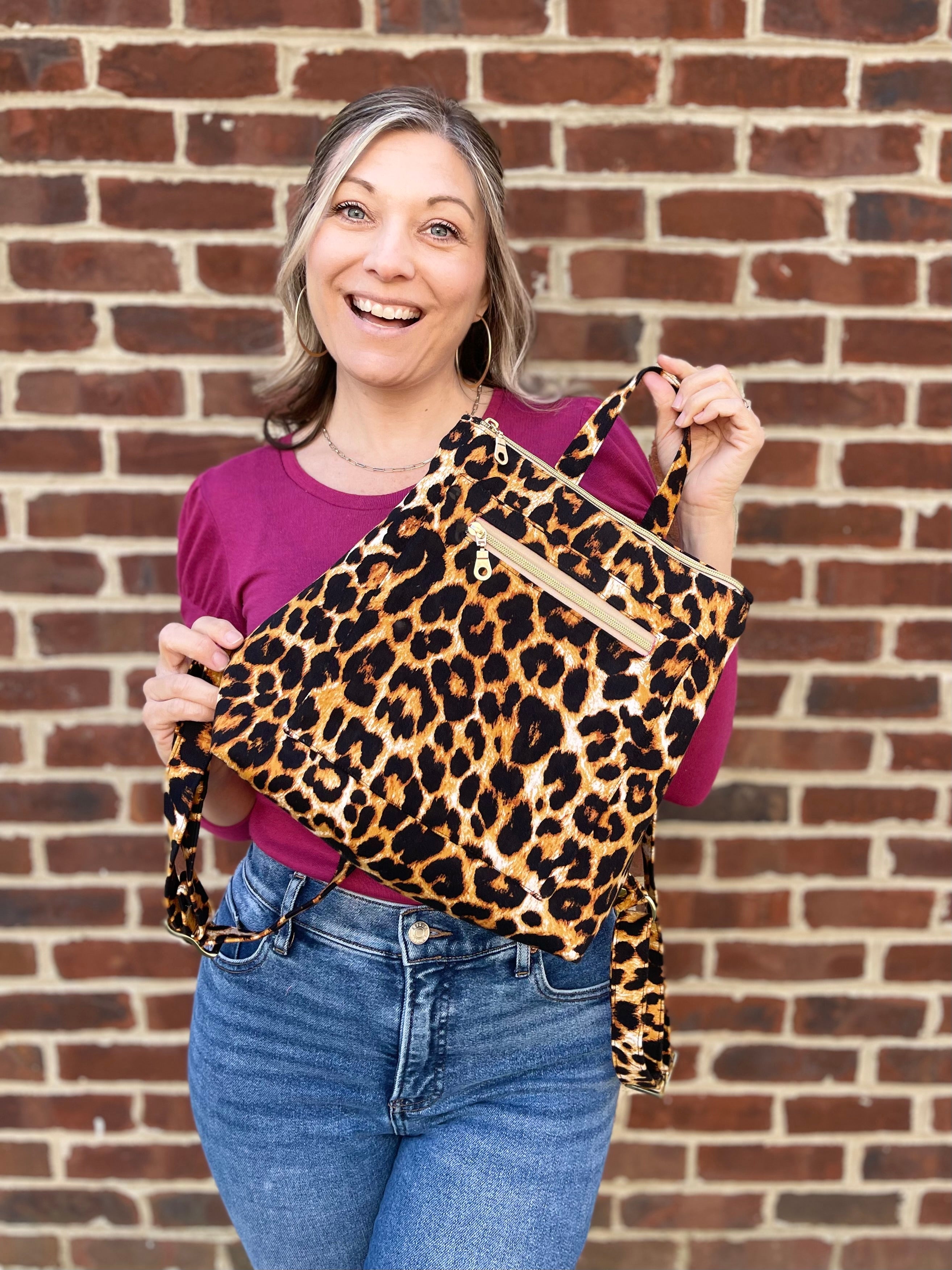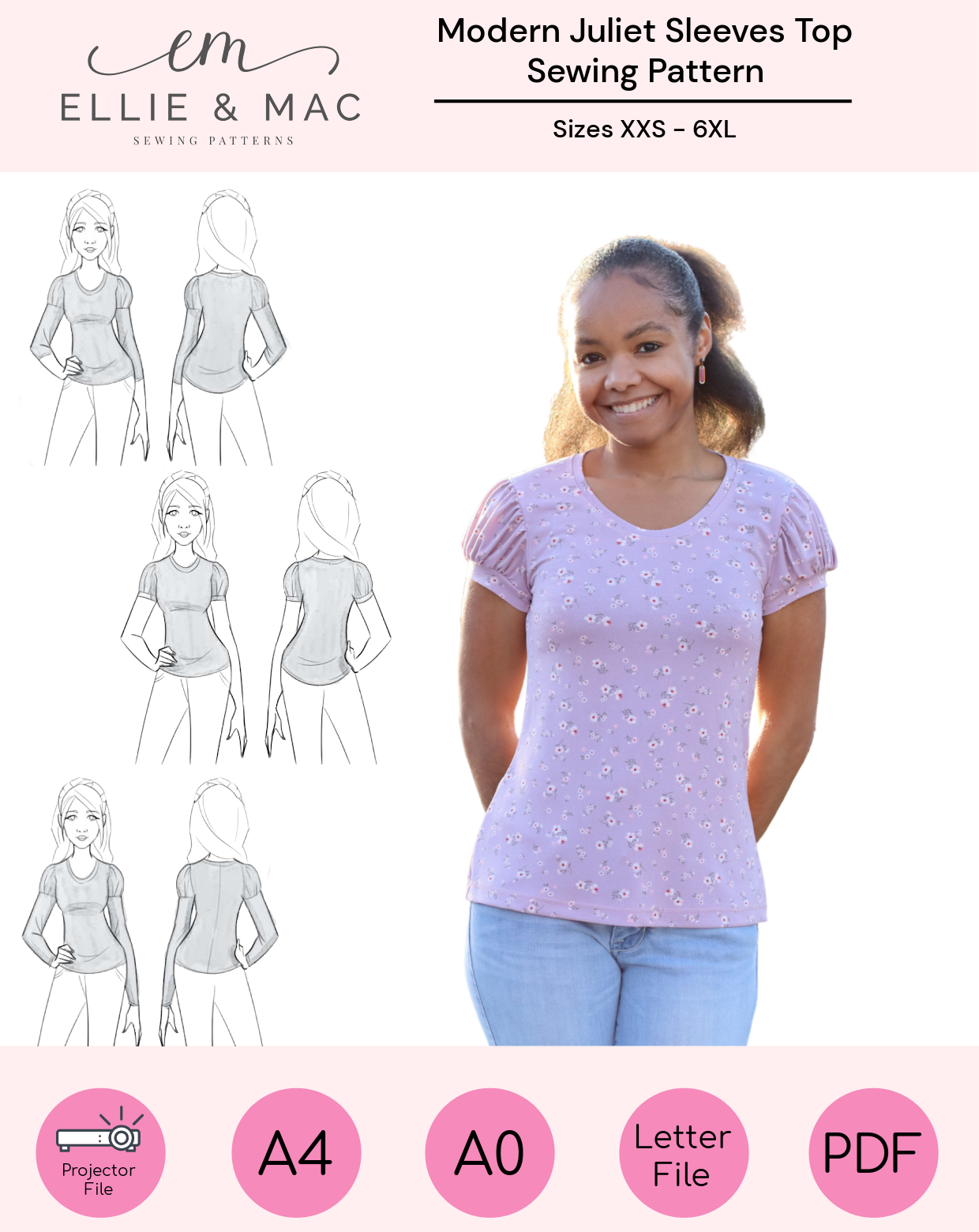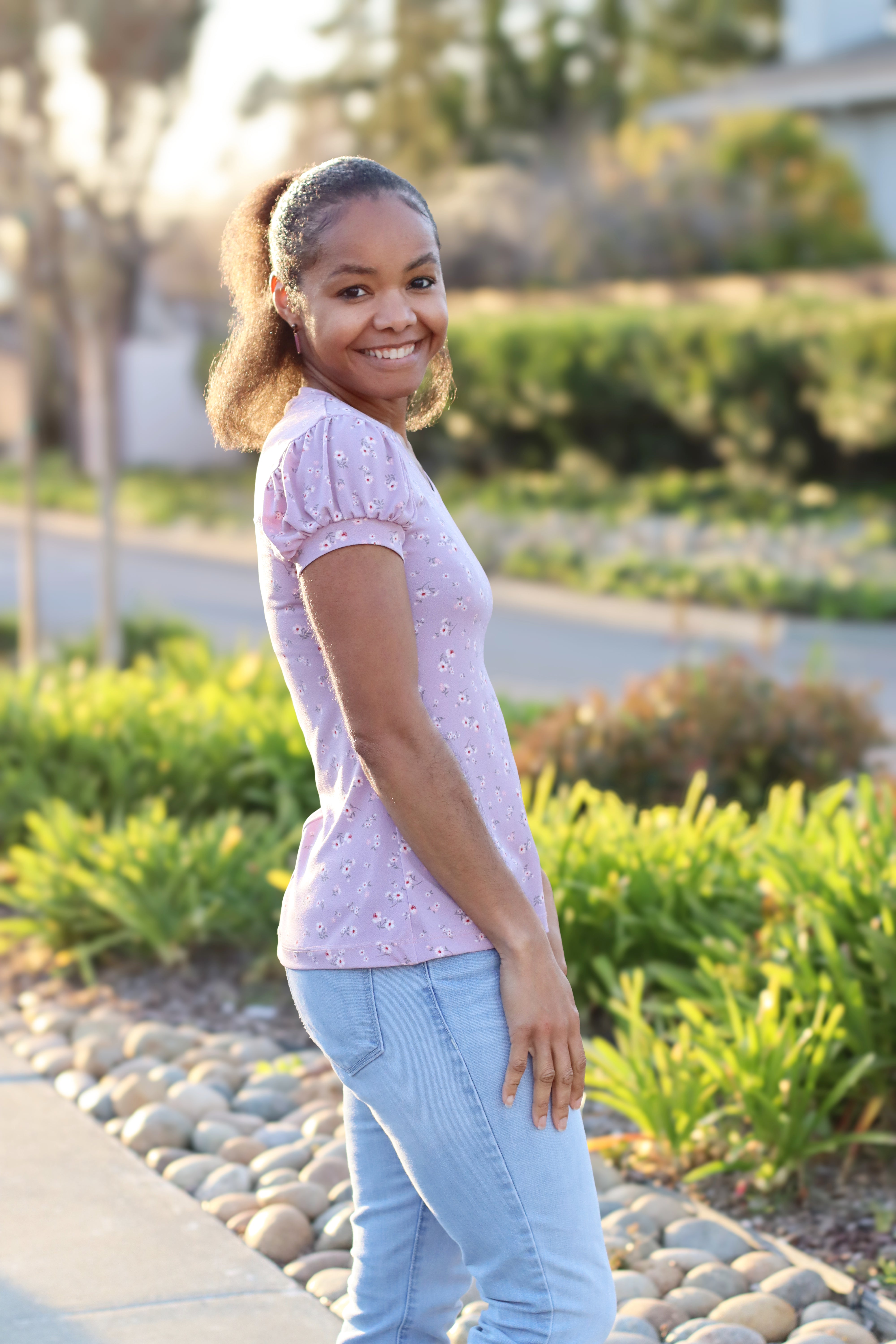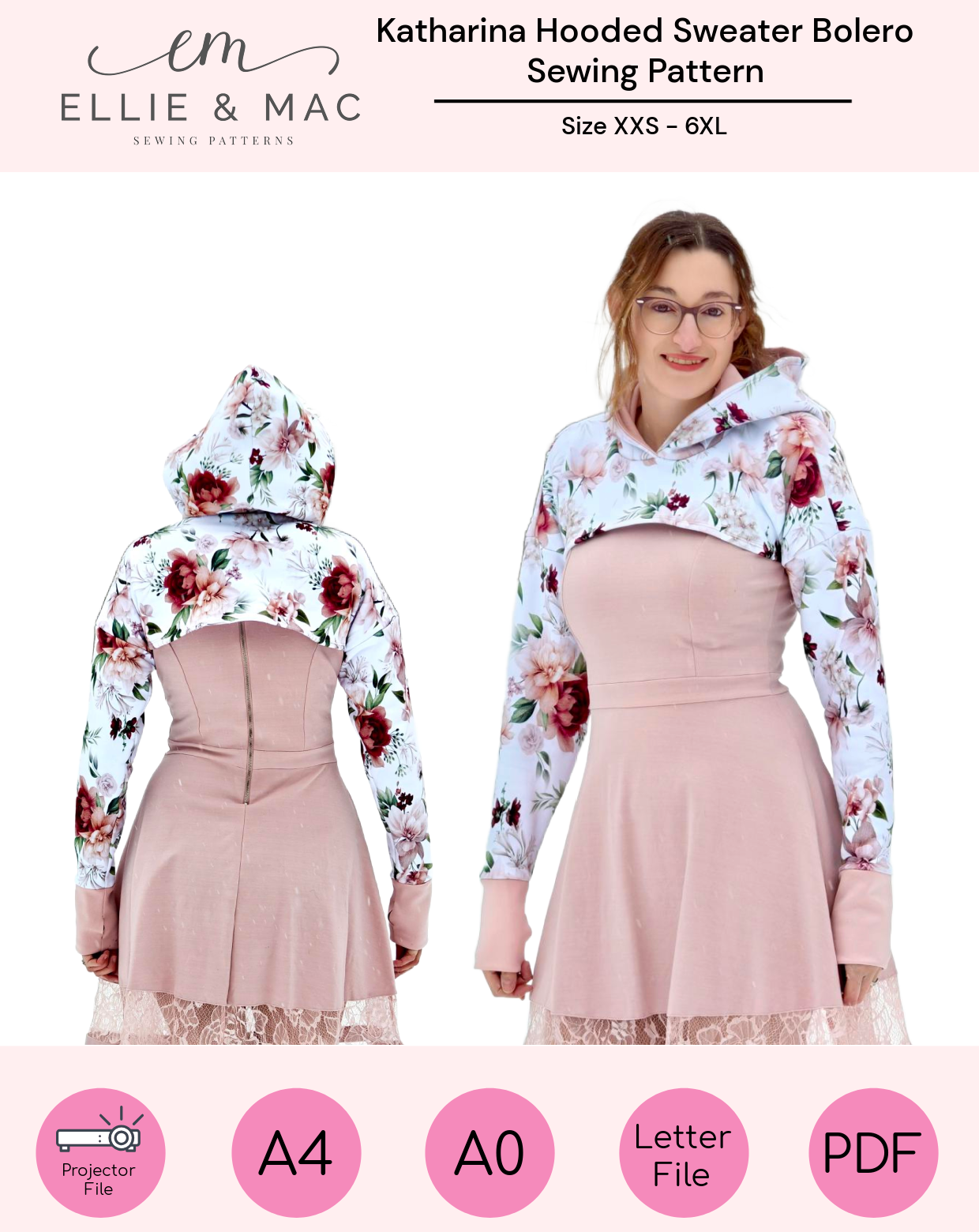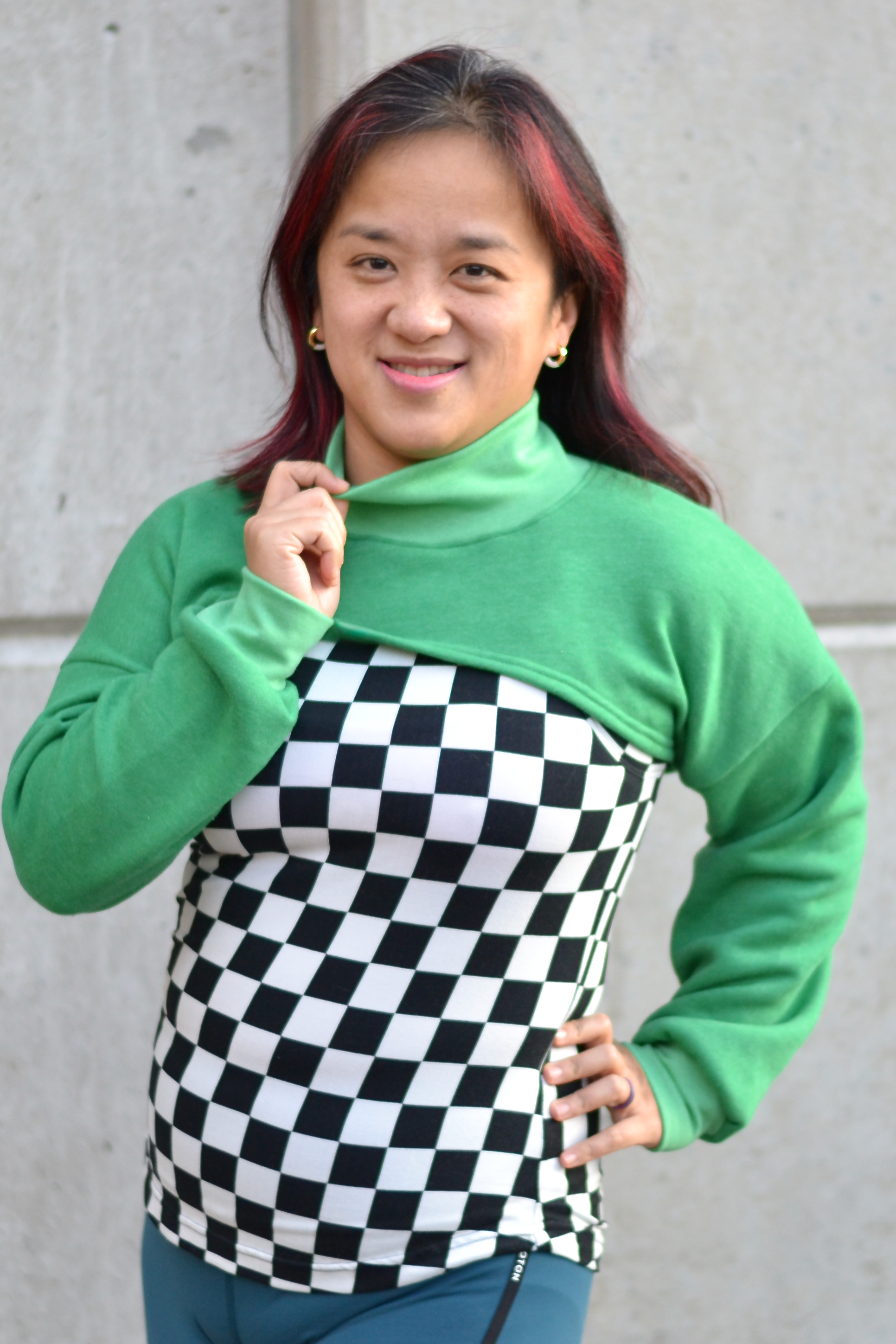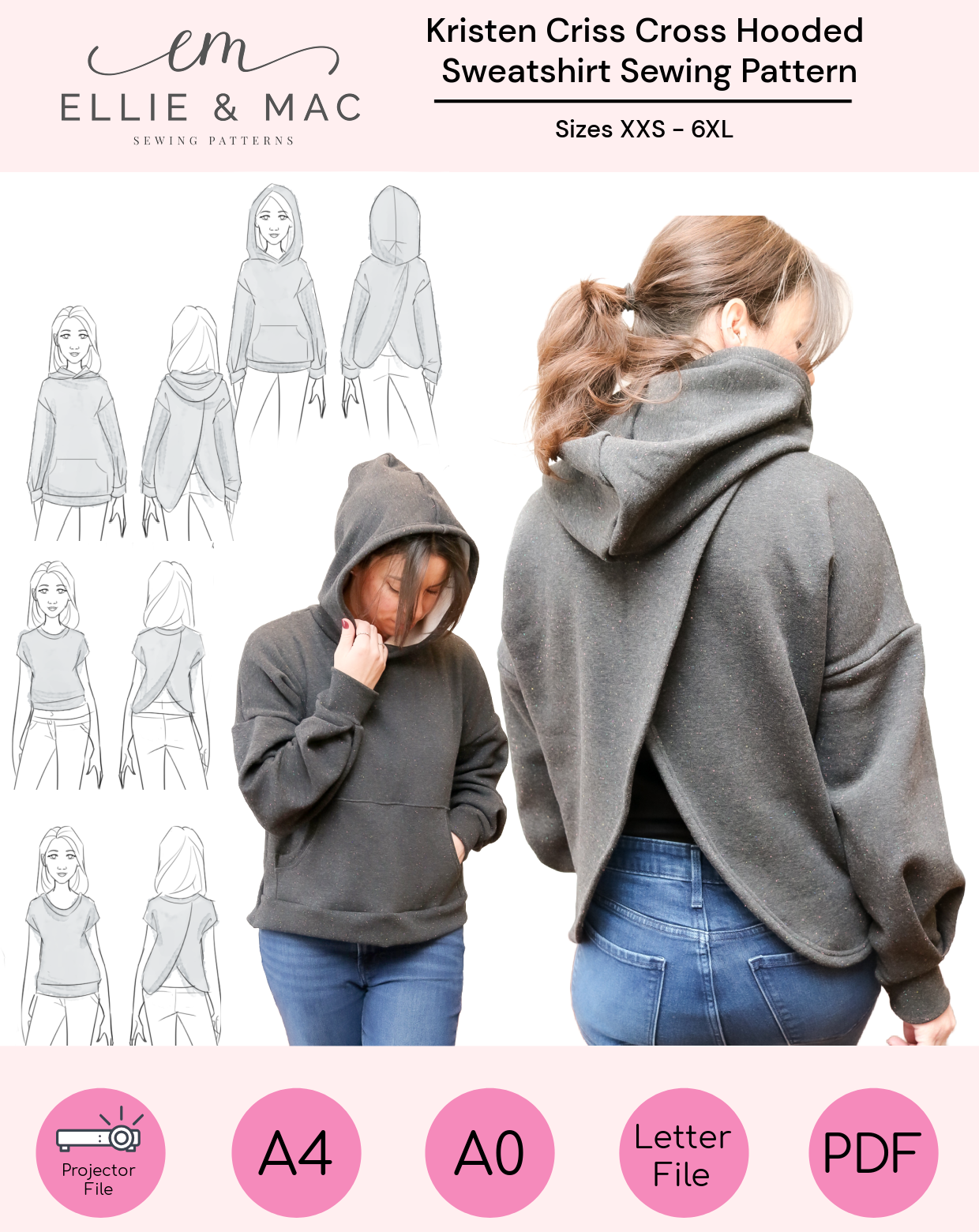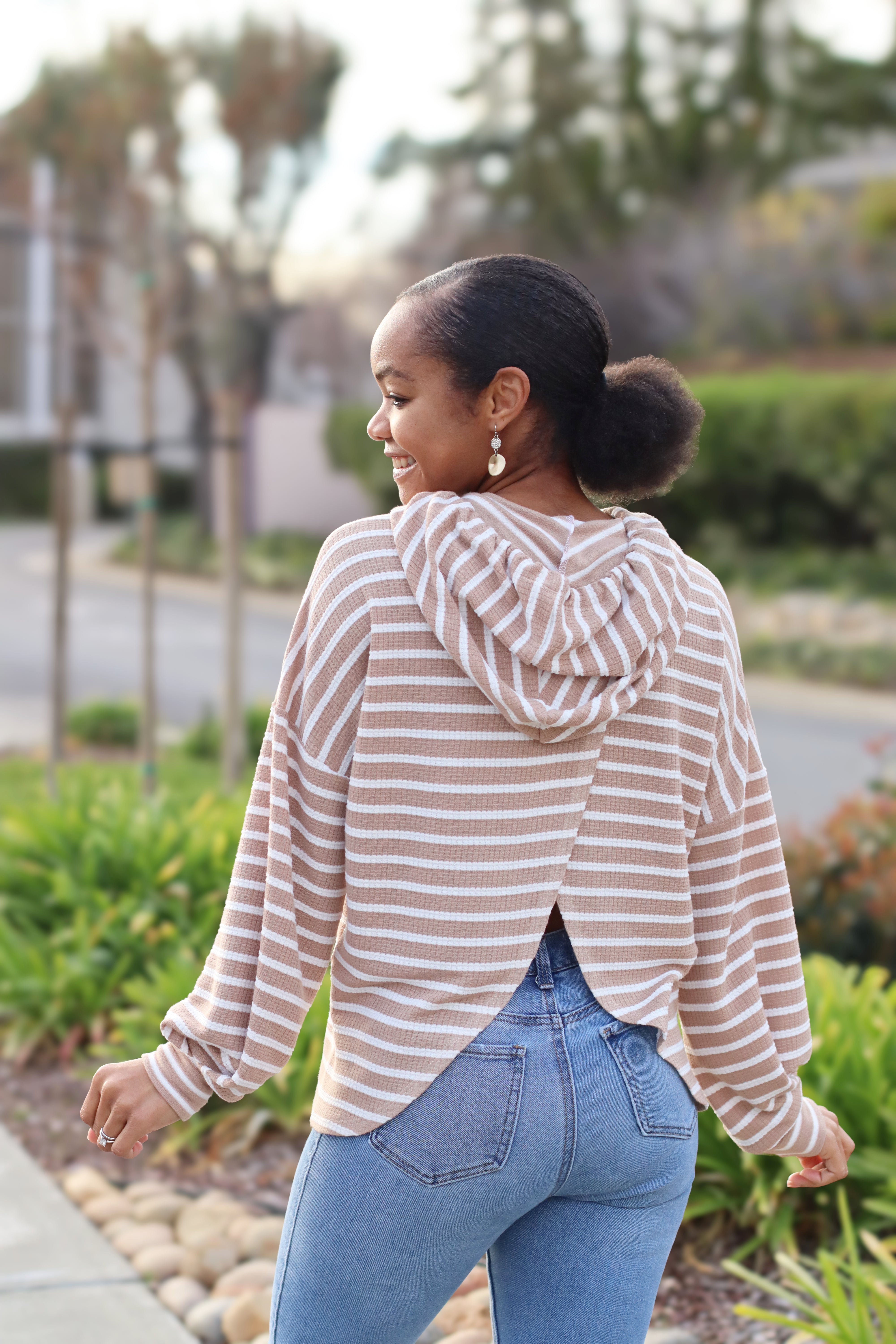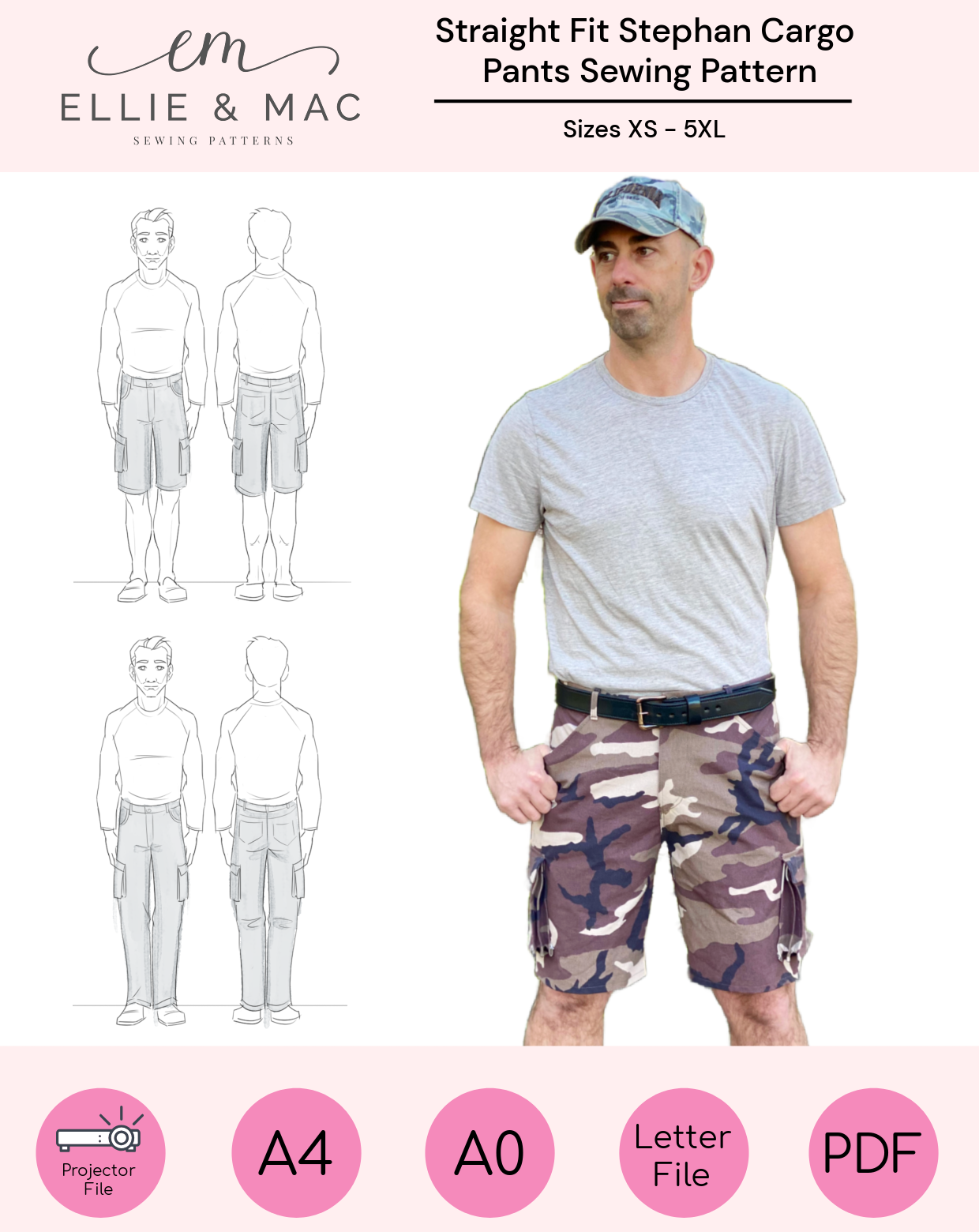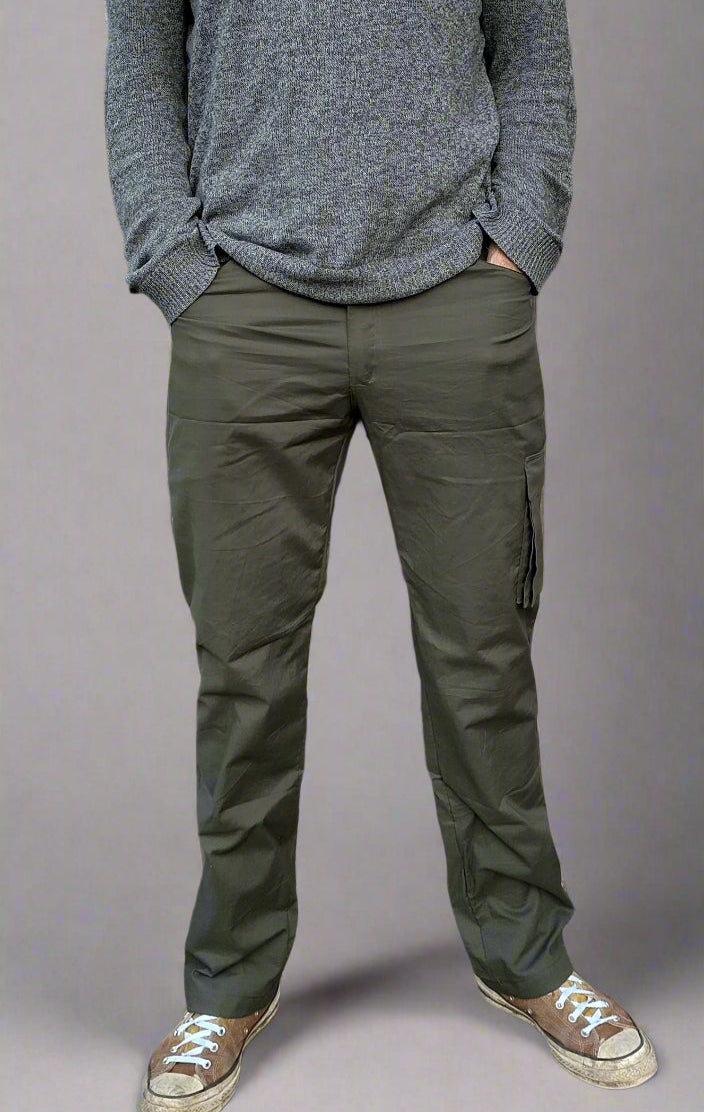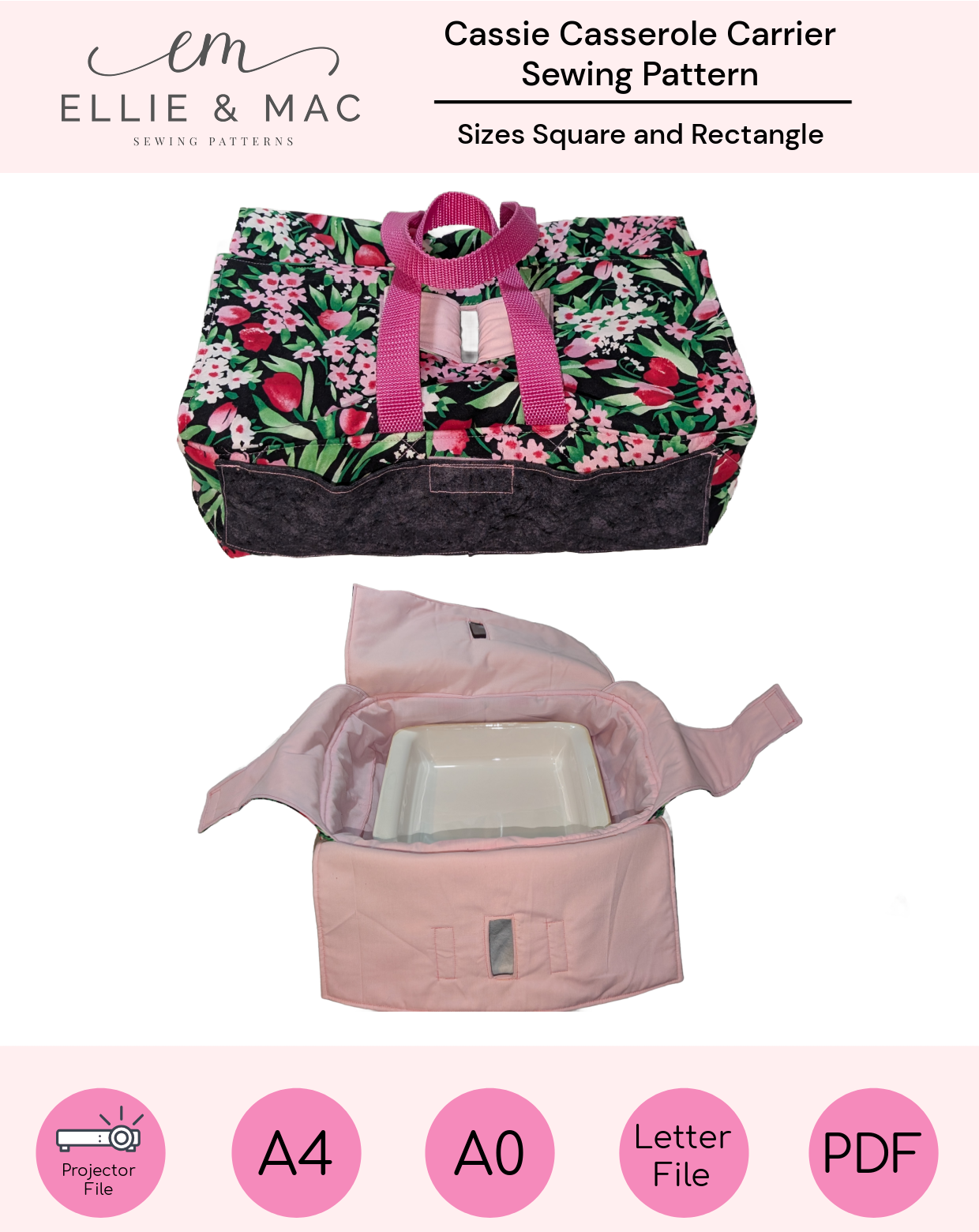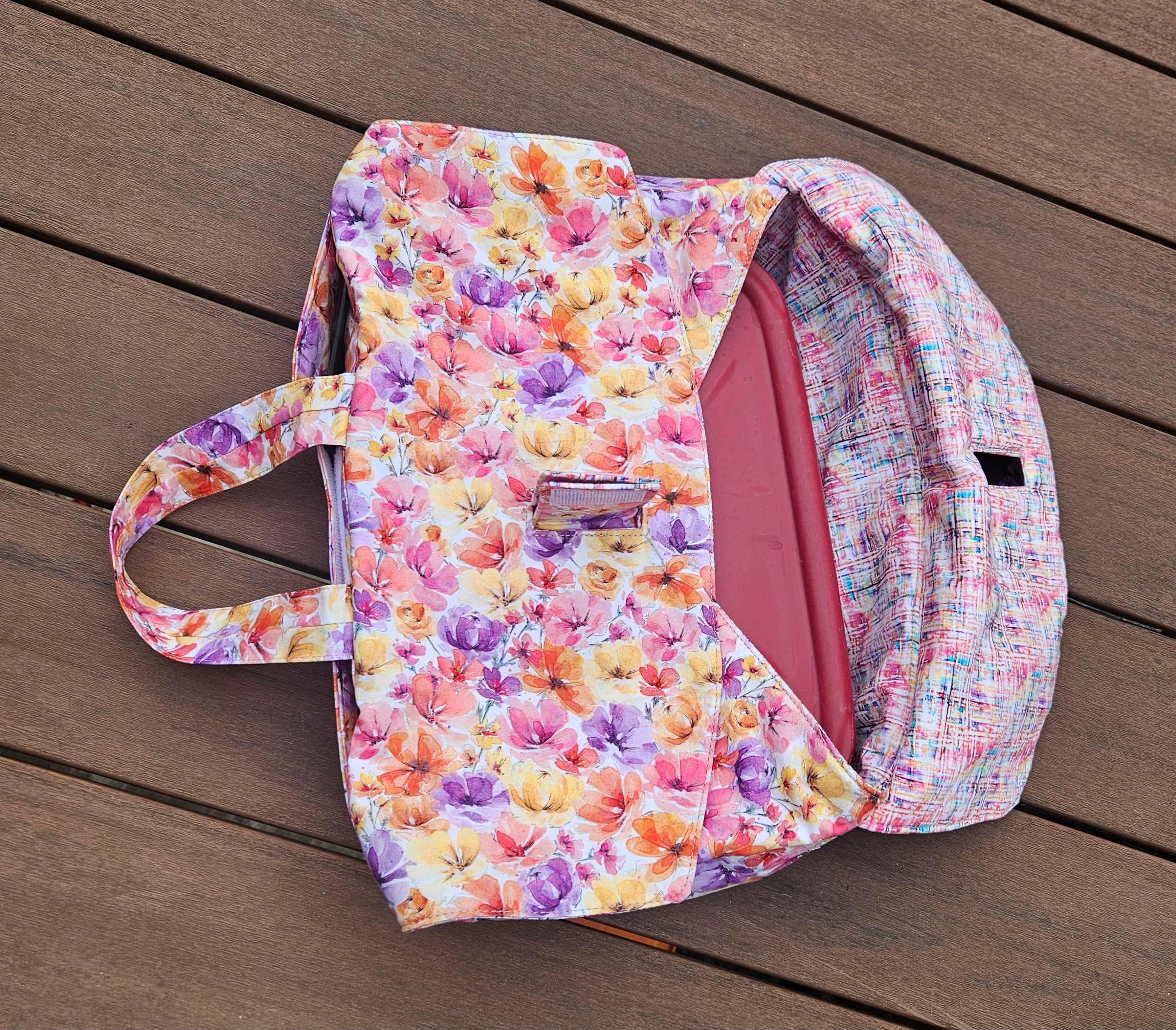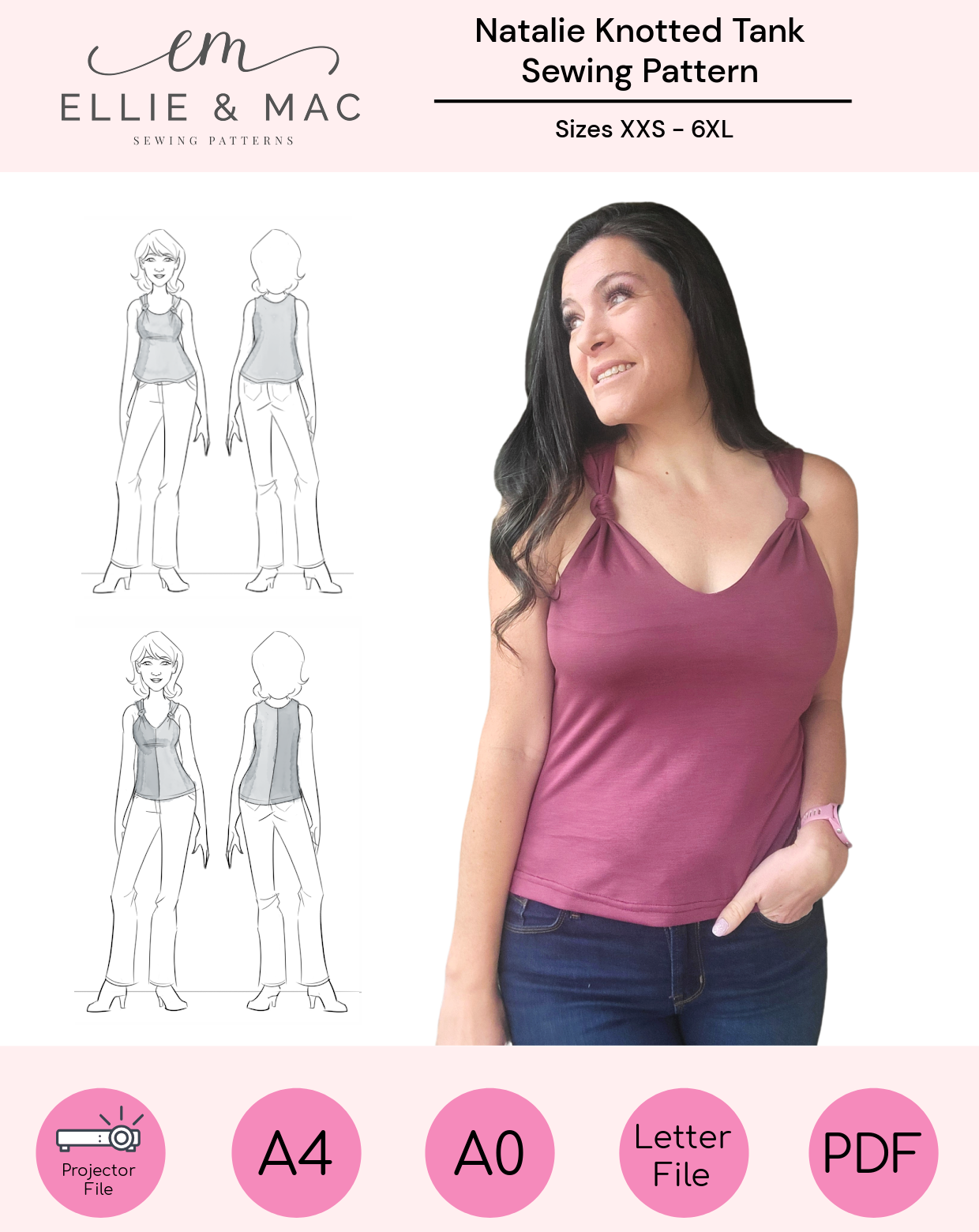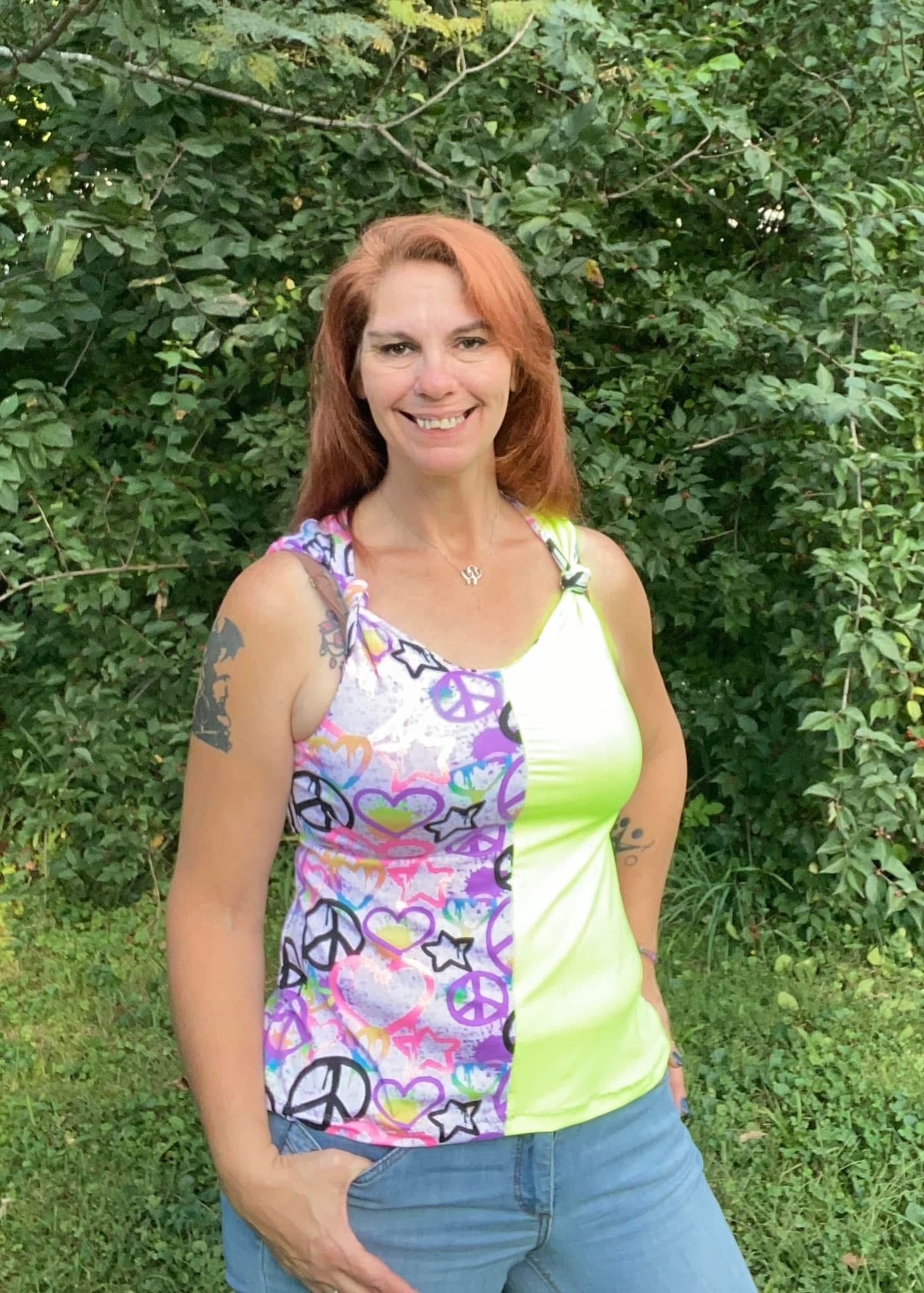Well, I really like the look of a tailored collar/ lapel and today I am going to walk you through the steps how you can add them to your favorite pattern yourself!
It needs some preparation and when scrolling through the blog your first thought probably will be: no way! But....Yes, there’s that ‘but’...:-) You don’t have to discover the wheel again, It is absolutely manageable and when you follow it step by step you’ll be done soon!
What do you need:
- Your sewing machine (no it’s not possible to sew the collar with a serger, your corners aren’t getting nice, less control and you’ll need the sewing machine for topstitching and understitching) Every other steps are possible with the serger.
- Pattern pieces from the South Shore or Tress Belle, minus the neckband, you don’t need that.
- A little bit of fusible, stretch interfacing
- Something to measure
- Something to draw
- Transfer paper or other see through paper
- Needle, scissors, fabric, thread
- an iron
Step 1:
Prepare all your pattern pieces and transfer your front bodice on transfer paper. We are going to work with that new piece and you can lay the original front bodice piece away. 
Step 2:
First, decide where you want to let your lapel start. I measured 6”/ 15 cm. This is approxiometaly right under the chest. Make a notch.
You are going to decide how width your lapel is going to be. It can be as width as you want. I took 2”/ 5 cm. It’s not a extreme, dramatic lapel, just a nice one. I’ll continue with my measurements, but you can following the same steps with any other number.
Measure from shoulderpoint 2”, and draw a line from that point to the notch you just made at 6“/ 15 cm. 
Step 3:
Fold your transferpaper on the line you just drawed and transfer your neckline. It will look like this now.
Side note: Normally the lines are overlapping which will make it easy to find the exact matching point. These wrap pieces aren’t and we are going to eyeball the next step, or you can use my measurements.
Step 4:
From outer shoulderpoint measure 3”/ 7,5 cm down and make a notch. Draw a straight line from that notch to the neckline and make a notch again. 
Side note: This is our matching point from where the neckline meets the fold. To be clear: This is where the lapel is sewed to the collar and where you see those two corners. When you use my measurement, it will be in between the clavicle and above the breasts. But you are absolutely free to rise or lower this point. The lower you’ll make the notch, the wider the lapel will be.
Step 5:
We are going to make the neckline straight. Not only your lapel is nicer, but because we are not attaching a neckband, you’ll need that extra fabric for covering. Look at the previous picture again, the red line and you’ll see where you have to draw: from shoulderpoint to your first notch you made.
Step 6:
From that lower notch, you are going to draw a straight line, this is the green line, and let it end 2”/ 5 cm before that notch. Again, feel free to let it end higher or lower.
Step 7:
Unfortunately my picture isn’t sharp, but it’s not that bad, is it? From where you just stopped drawing your green line, you’ll connect it with the notch on the front neckline and draw it further till you hit the red line.
Step 8:
This measure point will decide how deep your corners are going to be. When looking at my finished romper, you’ll see they aren’t extreme. Take a higher number when you want it to be more notable. I used 1”/ 2,5 cm from the green corner and make a notch again.
Step 9:
From your new notch you go up (45 degrees angle, but you can eyeball that) the same amount as you just measure to get your last notch. For me that means i have to draw a line from 1”/ 2,5 cm. 
The higher your number, the more notable your corners are going to be. You can also decide to use a less high number. This will let stick out your lapel more and makes your collar less big.
Step 10:
Well, you finished the first part! And we are going to draw our collar on the pattern piece. Remember you transfered the neckline in step 3? From that mirrored neckline you have to take out the angle too. Draw a line from shoulderpoint to the notch down. 
Step 11:
Measure the neckline from your back bodice piece. Just that amount from that piece. 
*You don’t have to transfer that piece and you can just take your back bodice piece as is!*
Step 12:
Measure 3/8”/ 1 cm to the left (yes, I know only ¼ / 0.5 cm is showing on the picture, but I corrected that later) 
Step 13: Draw from that point a line to the notch down. 
Step 14:
Remember your back neckline measurement? Lenghten the line you just drawed with the amount from your back neckline. Mine is 3.5“/ 9 cm and on the picture you are seeing my corrected line which I measured wrong in step 12.
Step 15, optional:
For a more rounded effect at the collar, you can measure ¼”/ 0.5 cm to the left and use a french curve for making a curved line back to the beginning. In the pictures I have made it slightly rounder.
Step 16:
Draw a horizontal line on top of your last line. The one from your back neckline measurement. 
Side note: it’s not necessary to do this step, but it will help you for the next step.
Step 17:
Your next measurement will be your centerback from your collar. When finished all the measurements and drawings, we are going to transfer this collar on another paper and it will be a single pattern piece and cut on fold. I am going to tell you this again, no worries, but I thought it probably makes sense to explain you what we are doing on the moment).
Well, you have to decide how width your collar will be. That amount you measure at your horizontal line, I picked 2“, but again take more or less for another effect.
Then take 1“extra. You’ll need that, because your collar will fold over the neckline and another You can have a look at my picture for more clarification. 
Step 18:
Connect your new line with the top of your line you made in step 9. That line is still flaoting, but not for long! Use a french curve for making a smooth line or draw it slowly and fluently by hand.
Step 19:
We are almost done and we can cut and start sewing, whoot whoot! But first, look at the picture for more information. This hard to explain with words. You have to connect the line from your lapel that is touching the line where you took the angle out of the neckline to the point where you start drawing your back neckline measurement. (well, I had to read this 3 times myself...but I hope the picture is clear enough).
Step 20:
When looking at those lines, you’ll see they are all connected. This is going to be your collar pattern piece! But how it’s sitting on the pattern piece like this, it will be impossible to sew. Well, take some transfer paper and transfer that piece to a seperate paper. 
Step 21:
So, we seperated the collar, but our front piece isn’t finished yet. We want to have our lapel on the same pattern piece as the front piece and cut it out all in once. We measured the lapel, but it’s still inside the pattern piece. We have to flip it over to the other side and mirror the lapel. Therefore you fold your pattern piece on the red line, the line you made for taking the angle out and created a new neckline. Look at the picture:
Transfer the lapel. Unfortunately I completely forgot to take a picture from that step, but in the next step you can see how it looks like.
Step 22:
You see the lapel is mirrored and is now on the outside of the original front bodice piece. 
Well, that’s it! Cut out your pattern pieces and let start some sewing!
It’s time for cutting your fabric! Because the lapel will lay open on the front, we have to line it or cover it with a facing. The sewing steps are pretty much the same, but I am going to show you how to sew it with lined front pieces. When you are interested how to do that with a facing, just let me know or send me a pm and I am happy to help you! Since your lining will be visible at the lapel and collar, you can play with different fabrics or use the same.
So, what are we going to cut?
- We need 2 mirrored new main front pieces.
- 2 Mirrored front pieces for the lining.
- Cut the collar 2 times on fold. Remember step 17? That line is the centerback and your foldline.
- 2 Back pieces
(sleeves, skirt, pants and so on are being sewed after the bodice is finished and from that point you can go back to the original instructions)
Step 25:
Mark the top from your lapel on to your fabric. This is the corner where your collar will be sewed on and what is making the lapel. 
Step 26:
Interface your lining collar and the 2 lapels from your lining front bodices. The thicker and stiffer the interfacing, the more sharp and extraordinary your collar will be. 
Close the shoulder seams by sewing the front bodice pieces tot he back piece with right sides together. Repeat for your lining.
Step 27:
Iron the seam allowance from both collars to the wrong side. This line will be your guide for pinning the collar on the bodice. 
Step 28:
Start pinning your collar. Therefore you’ll have to lay the collar mark line exactly on the notch you made on your fabric. Go all the way round and pinn the other end on exactly the same way.
Repeat for the lining. 
Start sewing exactly on that notch, backstitch a couple of stitches to secure. don’t sew on the seamallowance and sew the collar onto the bodice. Repeat for the lining.
Step 29:
Lay your collar main and lining with right sides together and sew the collars from the outside tot the outside. Do not go around the corners yet. 
Step 30: press the seam allowance to the lining and from the right side from your fabric you are sewing 1/8” next to the seam with catching the seam allowance. 
Side note: This is called understitching. It has the same effect as topstitching, your lining will fall under the main fabric and will not be visible. The nice part from understitching is, that you don’t have a visible stitching and it’s look nice and smooth. Always use a longer stitchlength for topstitching and understitching and press afterwards.
Step 31:
Pin the main tot he lining at the front, with right sides together, starting at the top from the lapel, down to the side seam. Sew only the long line, do not go around the corners. Repeat fort he other side. 
Step 32:
Make a noth in the seam allowance where the lapel is starting. 
Step 33:
Press the seam allowance towards the lining, from the bottom of your front bodice to the notch you just cutted and while you working from the right side from your fabric,mark your notch on the right side and you understitch at 1/8”at the lining and catch the seam allowance too. 
Step 34:
Continue understitching all the way up from the notch to the top/ lapel, but flip your seam allowance to the main fabric and do not catch it while understitching! 
Step 35:
Now there is only a gap left from the lapel to the collar. Sew this step in 2 times! First close the lapel, start sewing at the seam and end exactly on the notch! Do not catch any seam allowance, sew slow and back stitch a couple of times to secure. Lay your fabric under the needle again and start sewing from the outer seam from the collar to the notch. Again the same, don’t catch seam allowance and do not go over the notch.
This is seriously the most important step from all and will give you the nice sharp finish you are looking for. It’s not necessary to cut any seam allowance, just flip it over to the lining and turn around. 

Step 36:
Take the seam allowance from both your collars and take only the under seam allowance from both. This is a little tricky and not the nicest part, but we are going to attach the collars on each other. Which isn’t bad right?
Start sewing a little bit before the schoulderseam and end right after the shoulder point. You are sewing on the wrong side of your garment, through 2 layers of seam allowance, from both collar 1 part oft he seam allowance. 

Side note: when sewing all the way down to the lapel, it will start pulling and that’s not what you want. That’s why we start around the shoulder point.
Well…..let me tell you something……this is it! Just continue with the instructions from the original pattern and you can decide for yourself if you want to have a clean finish for the seams or use the main and lining as a single bodice by sewing all the layers in once when sewing the side seams together. After finishing, give everything a good press and especially your lapel and collar.
I hope you enjoyed the blog and I am looking forward to see your results!
If you're a beginner, check out our free sewing patterns here.
See our video tutorials for beginners here.
Xx Marieke


